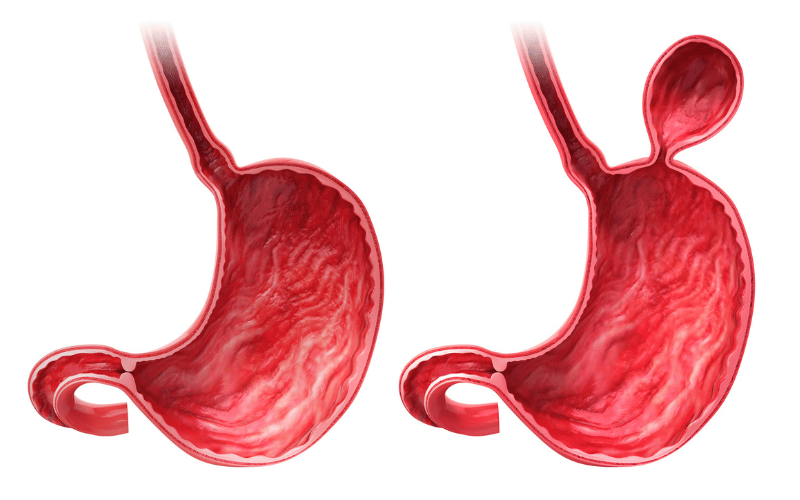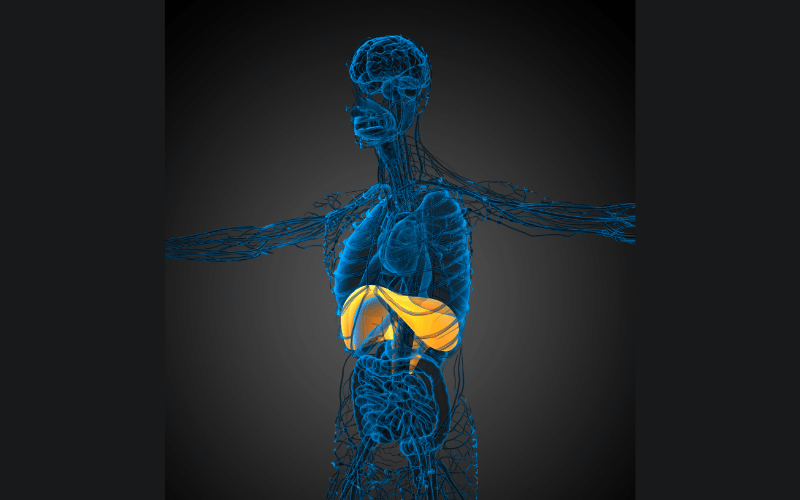Introduction: Delving into the Intricacies of Hiatal Hernia

Hiatal hernia, commonly known as hiatus hernia, is a topic that, while medical in nature, holds relevance for a broad spectrum of individuals. As we progress towards an era where health and well-being take center stage, understanding such conditions assumes significant importance. With this in mind, our focus here is on breaking down the complexities surrounding hiatal hernia, making it more accessible and relatable for everyone.
At its core, a hiatal hernia pertains to a situation where the upper segment of the stomach pushes through the diaphragm, the substantial muscle responsible for separating the abdomen from the chest. As we shall see, this occurrence can lead to various complications, the most prominent being acid reflux, which subsequently results in the uncomfortable sensation of heartburn.
Yet, what often goes unnoticed is the fact that this condition exists in multiple forms, each with its unique set of characteristics and challenges. From silent symptoms that escape detection to evident signs that demand immediate attention, hiatal hernia is as diverse as it is intriguing. This article embarks on a mission to unearth 15 pivotal facts about hiatal hernia, aiming to provide readers with a clear, in-depth understanding.
So, as we journey together into this detailed exploration, the objective remains simple: to enlighten, guide, and arm readers with knowledge. Knowledge that not only informs but also empowers individuals to take charge of their health, ensuring that they’re always a step ahead when it comes to tackling and managing conditions like hiatal hernia.
1. The Basic Anatomy: Understanding the Diaphragm’s Role

The diaphragm, a dome-shaped muscle located just below the lungs and heart, plays a central role in the context of a hiatal hernia. Acting as a boundary between the chest and the abdomen, it assists in breathing, helping to increase the volume of the chest cavity and facilitating the entry of air into the lungs. In the center of this muscle lies the hiatus – a small opening where the esophagus passes through to connect with the stomach.
But sometimes, irregularities happen. A part of the stomach pushes up through this opening, leading to what we term as a hiatal hernia. While the diaphragm is strong and durable, certain factors can make it vulnerable to this condition. Notably, pressure in the belly, possibly due to coughing, vomiting, or heavy lifting, can sometimes instigate this upward push.
Interestingly, not everyone with a hiatal hernia is aware they have it. This is because symptoms can often be silent, lurking in the background without causing any noticeable discomfort. When they do become apparent, they’re often mistaken for other digestive issues, masking the real culprit behind the scenes.
Age, too, has a role to play. As we grow older, our diaphragm naturally experiences wear and tear, making it more susceptible to conditions like a hiatal hernia. However, age is just one piece of the puzzle, with factors like obesity, smoking, and certain physical activities also influencing risk.. (1)